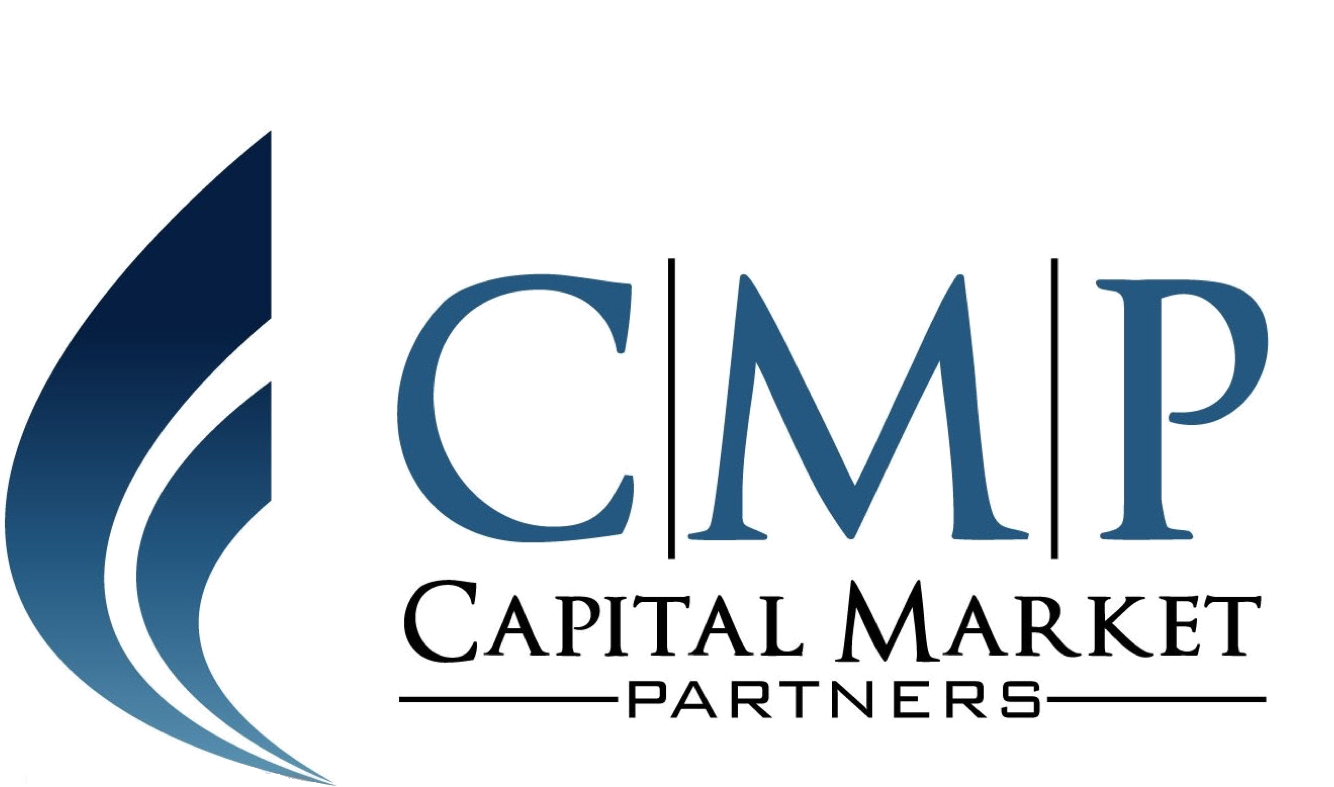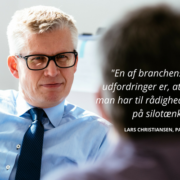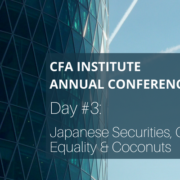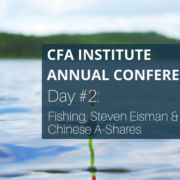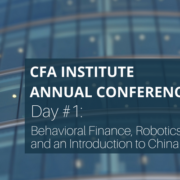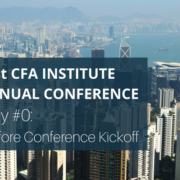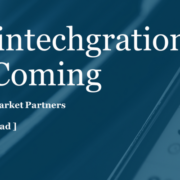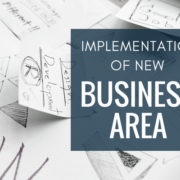#Fintechgration – We believe in partnerships between financial institutions and FinTech startups
3 min read
The capital market is under development. A development driven by innovative technologies and developed by an increasing number of FinTech startups. The spreading of these startups also means that the established financial institutions can look forward to a market, that increasingly will be about partnerships – however, the integration is bringing on new challenges on both sides.
